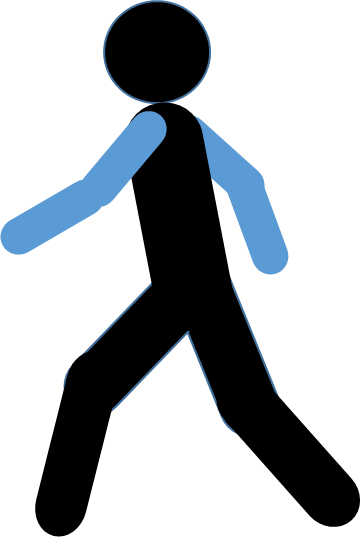Immune cell phenotypes as causal factors in liver disease progression revealed by Mendelian randomization.
Abstract
Immune cells are central mediators of the immune response and play critical roles in the pathogenesis and progression of liver diseases. Understanding the specific contributions of immune cells to liver disease progression is essential for developing targeted therapeutic strategies. In this study, we employed a two-sample Mendelian randomization (MR) approach to explore potential causal relationships between peripheral immune cell phenotypes and liver diseases, using genetic instrumental variables from large-scale genome-wide association studies (GWAS). Applying the inverse variance weighted (IVW) methods, we identified that monocyte count(odds ratio (OR) 0.81; 95% confidence interval (CI) 0.74-0.90; P = 5.95 x 10- 5, PFDR = 3.57 x 10- 4), CD3- lymphocyte/lymphocyte (OR 0.59, 95% CI 0.45-0.79; P = 3.29 x 10- 4, PFDR = 5.92 x 10- 3) and SSC-A (Side Scatter Area) on Natural Killer (NK) cells (OR 0.89, 95% CI 0.82-0.95; P = 1.37 x 10- 3, PFDR = 0.0396) acted as protective factors against alcoholic liver disease. Similarly, the trait HLA DR++ monocyte/monocyte was associated with a lower risk of autoimmune hepatitis (OR 0.56, 95% CI 0.41-0.79; P = 7.42 x 10- 4, PFDR = 0.0475). Conversely, an elevated blood monocytic Myeloid-Derived Suppressor Cells (MDSCs) count was associated with a higher risk of chronic hepatitis (OR 1.23, 95% CI 1.11-1.37; P = 1.13 x 10- 4, PFDR = 1.58 x 10- 3). Similarly, higher levels of HLA DR on CD14- CD16+ monocyte (OR 0.84, 95% CI 0.78-0.91; P = 2.07 x 10- 5, PFDR = 1.32 x 10- 3) conferred lower risk for cirrhosis of liver. In hepatic failure, CD39+ resting CD4 regulatory T cell count (OR 0.85, 95% CI 0.79-0.92; P = 1.70 x 10- 5, PFDR = 5.25 x 10- 3) played a protective role and CD28+ CD45RA- CD8dim T cell/CD8dim T cell (OR 1.14, 95% CI 1.06-1.22; P = 2.63 x 10- 4, PFDR = 0.0406) exhibited a risk function. Our findings highlight key immune pathways in liver disease progression and underscore potential immunomodulatory targets for future therapeutic interventions. Further research is warranted to clarify the mechanistic underpinnings of these associations.
| Authors: | Huang J, Zou W, Lv Z, Han H, Huang J, Su H, |
|---|---|
| Journal: | Sci Rep;2025Apr12; 15 (1) 12685. doi:10.1038/s41598-025-97429-x |
| Year: | 2025 |
| PubMed: | PMID: 40221542 (Go to PubMed) |

